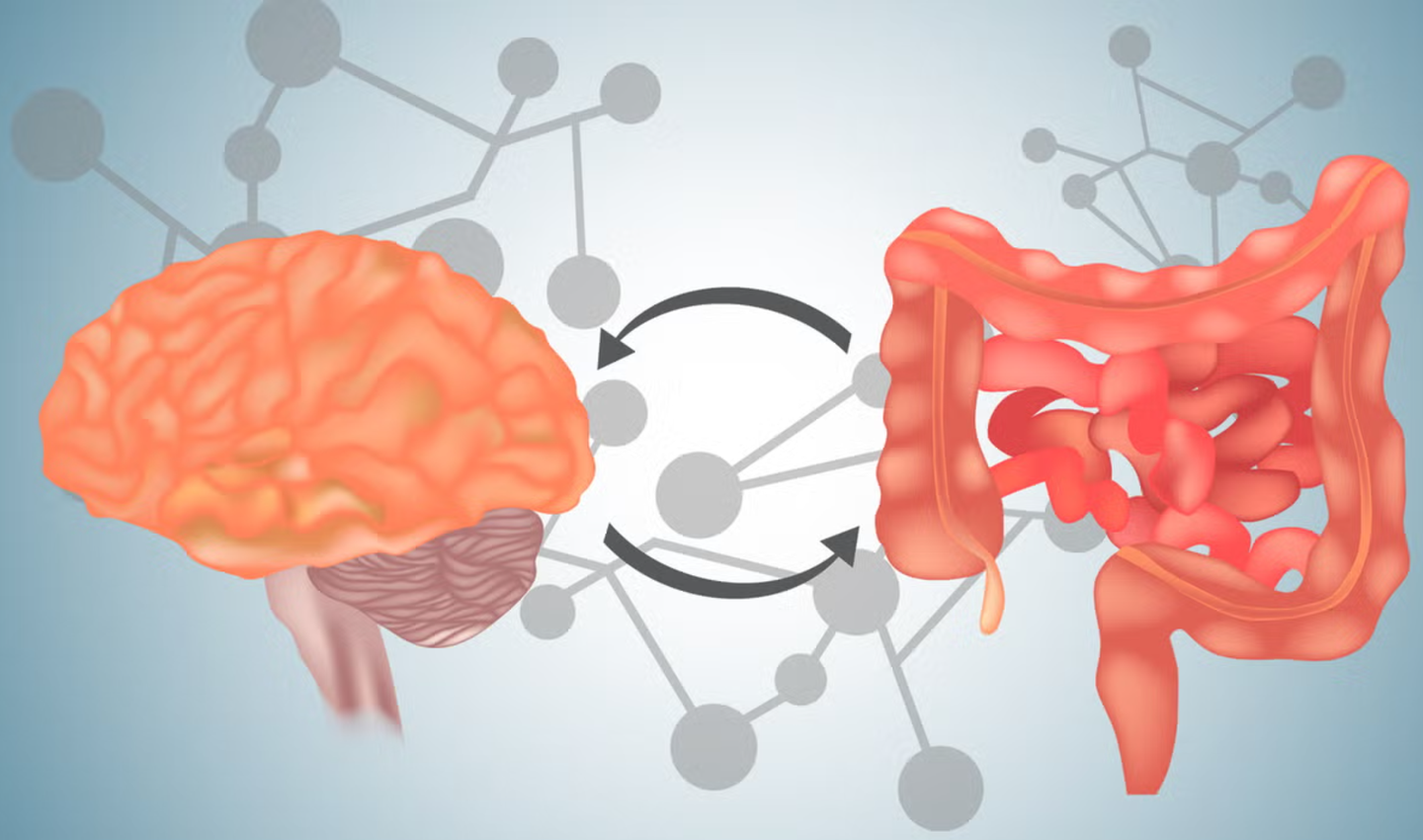Breakthrough discovery radically reshapes the fight against type 2 diabetes
The findings could radically reshape our strategies to combat type 2 diabetes, a disease that burdens approximately 460 million globally.

[June 10, 2023: Staff Writer, The Brighter Side of News]
The findings could radically reshape our strategies to combat type 2 diabetes, a disease that burdens approximately 460 million globally. (CREDIT: Creative Commons)
A landmark study has illuminated our comprehension of postprandial blood glucose regulation, potentially elucidating the mechanism by which type 2 diabetes develops. The research, leveraging genetic data from over 55,000 individuals worldwide, was published today in the prestigious scientific journal Nature Genetics.
The findings could radically reshape our strategies to combat type 2 diabetes, a disease that burdens approximately 4 million people in the UK and over 460 million globally.
Type 2 diabetes, a chronic condition characterised by poor blood glucose regulation, is a multifaceted disease influenced by a variety of risk factors. These include advanced age, overweight and obesity, physical inactivity, and genetic predisposition. If unaddressed, the disease can precipitate a cascade of health complications, ranging from eye and foot problems to nerve damage, and increased susceptibility to heart attack and stroke.
Crucial to the pathology of type 2 diabetes is the hormone insulin, which serves as a key regulator of blood glucose levels. People with type 2 diabetes often encounter difficulties in maintaining their glucose levels within a healthy range.
This can be attributed to inadequate insulin secretion in response to a surge in blood glucose levels, such as after a meal, or the diminished sensitivity of their cells to insulin, known as 'insulin resistance.'
The majority of existing research on insulin resistance has primarily concentrated on the fasting state, the period several hours post-meal when insulin's effects are largely exerted on the liver. However, much of our time is spent in the fed state when insulin's action is primarily on muscle and fat tissues.
Researchers posit that the molecular mechanisms contributing to insulin resistance following a 'glucose challenge'—such as a meal or sugary beverage—could be integral to the development of type 2 diabetes. Nevertheless, our understanding of these mechanisms remains woefully inadequate.
rs117643180 at SLC2A4 affects GLUT4 expression and transcription regulation. (CREDIT: Nature)
Professor Sir Stephen O’Rahilly, Co-Director of the Wellcome-MRC Institute of Metabolic Science at the University of Cambridge, provided some insights into the conundrum. He noted, “We are aware of individuals with certain rare genetic disorders where insulin functions perfectly in the fasting state, but poorly after a meal. However, we have not yet discerned whether this is a more widespread problem in the population and its relevance to the risk of developing type 2 diabetes.”
In pursuit of clarity, an international consortium of scientists set out to explore these elusive mechanisms. They scrutinised genetic data from 28 studies, involving over 55,000 participants free from type 2 diabetes. The goal was to uncover genetic variants that sway insulin levels two hours post-sugary drink consumption.
Fifteen genes at loci associated with IFC significantly affected GLUT4 trafficking in adipocytes. (CREDIT: Nature)
Their rigorous investigation revealed 10 new loci—specific regions of the genome—linked with insulin resistance following the sugary drink. Significantly, eight of these regions also overlapped with an increased risk of type 2 diabetes, underlining their potential importance in the disease's progression.
One novel locus was found within the gene encoding GLUT4, a protein instrumental in glucose uptake from the bloodstream into cells post-ingestion. This locus was linked with a decreased abundance of GLUT4 in muscle tissue, potentially impacting glucose uptake.
Intriguingly, the team also discovered 14 genes crucial to GLUT4 trafficking and glucose uptake in their exploration of genes associated with these loci using mouse cell lines. Notably, nine of these genes had not been previously associated with insulin regulation.
These genes, the researchers found, regulated the amount of GLUT4 present on the cell surface, likely by modifying the protein's transport from inside the cell to its exterior. Reduced GLUT4 on the cell surface compromises the cell's capacity to clear glucose from the bloodstream.
Dr Alice Williamson, a key researcher in the study, said: “This discovery underlines the potential of large-scale genetic studies in enhancing our understanding of the fundamental mechanisms that underpin our body’s functioning. It is particularly illuminating in demonstrating how these mechanisms, when disrupted, can lead to common diseases such as type 2 diabetes.”
Given that blood glucose dysregulation after a meal can be a preliminary indication of an elevated risk of type 2 diabetes, the investigators are optimistic that elucidating the mechanisms involved could pave the way for innovative treatments in the future.
Professor Claudia Langenberg, Director of the Precision Healthcare University Research Institute (PHURI) at Queen Mary University of London and Professor of Computational Medicine at the Berlin Institute of Health, Germany, opined: “Our findings herald a potential new trajectory for the development of interventions to halt the progression of type 2 diabetes. They also underscore the valuable insights that genetic studies of dynamic challenge tests can unveil.”
The groundbreaking research was supported by the Wellcome Trust, the Medical Research Council, and the National Institute for Health and Care Research.
For more science and technology stories check out our New Discoveries section at The Brighter Side of News.
Note: Materials provided above by The Brighter Side of News. Content may be edited for style and length.
Like these kind of feel good stories? Get the Brighter Side of News' newsletter.



